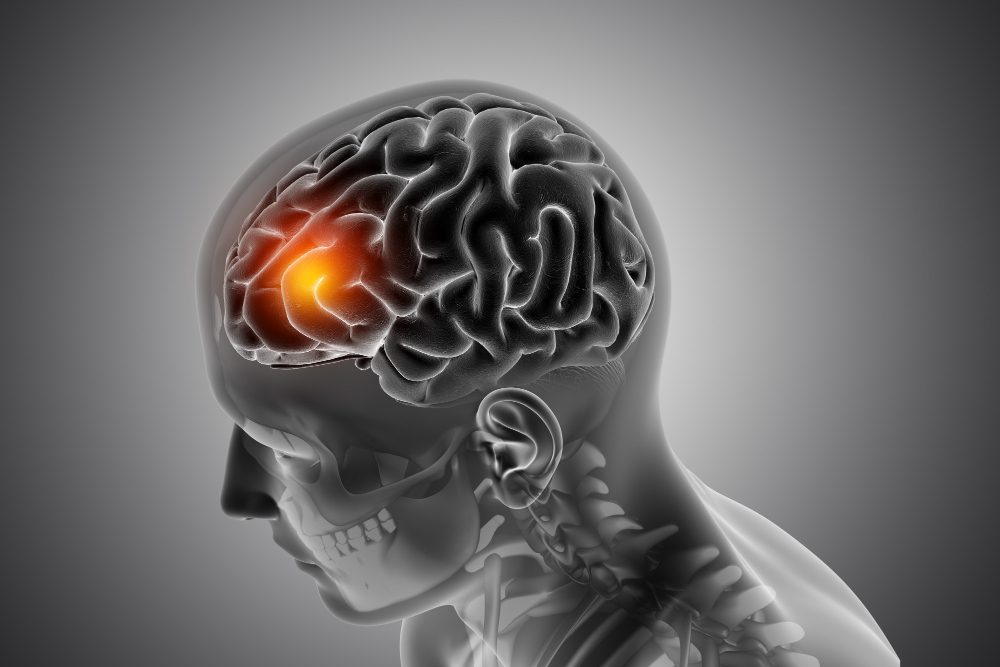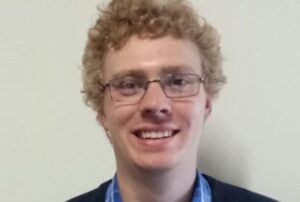
Incorporating Natural Therapeutics into Brain Cancer Treatment
A new Australian Rotary Health (ARH) funded PhD project has looked at how a plant-based therapeutic may be used against the most lethal form of brain cancer.
Glioblastoma (GBM) is an aggressive type of cancer that can occur in the brain or spinal cord. Only 5% of people survive 5-years after a GBM diagnosis.
Dr Jake Mazur was awarded an ARH/Rob Henry Memorial PhD Scholarship from 2018-2021 to look at how natural therapeutics coupled with nanotechnology could advance GBM treatment efficacy.
Dr Mazur compared the plant-derived natural therapeutic, curcumin, and the animal-derived natural therapeutic, bovine lactoferrin, to determine which would be the most beneficial to incorporate into the project’s nanoparticle (a small structure with the potential to provide enhanced anti-cancer effects).
“Curcumin was consistently found to exhibit greater effects against the cancerous cells, superior to those of bovine lactoferrin,” Dr Mazur said.
“Furthermore, curcumin inhibited cell viability while also suppressing tumour reformation, with benefits being observed in both monolayer and 3D tumour models.”
After embedding curcumin into sugar-based nanoparticles, the study found that the nanoparticles inhibited the tumour model viability at a reduced dose compared to when curcumin was not within a nanoparticle. Lower nanoparticle doses also appeared to be more beneficial than higher doses of the same therapy.
“When curcumin was incorporated into a nanoparticle model, it was lower doses that appeared more beneficial than higher doses. This may be the result of the nanoparticle composition, being sugar-based, or it may also be reflective of the general trend seen with natural therapeutics, that specific doses are very important,” Dr Mazur said.
Another finding from Dr Mazur’s PhD suggested that curcumin can maintain the “nano” size of nanoparticles, which can be seen as an advantage as nanoparticles can sometimes increase in size in a water-filled environment. Additionally, the nanoparticles used in the study seemed to be better applied to 3D cellular studies, which paint a more accurate picture of the potential effects against a real cancerous tumour.
“An exciting part of my project was that the developed nanoparticles appeared to more readily show effects against the 3D spheroid model rather than the 2D model. This is quite unusual but ultimately more beneficial and promising for treatment,” Dr Mazur said.
Dr Mazur believes there is also potential for curcumin treatment to assist with Glioblastoma recurrence.
“From these investigations, it was found that cells which survive the initial treatment and manage to progress into a reformed tumour form smaller and slower growing tumours. Although it would be preferred that the tumours do not reform at all, given the high rate of disease recurrence amongst Glioblastoma Multiforme patients, it doubtless is a beneficial finding,” he said.
“I am very thankful to Australian Rotary Health for providing me this scholarship, believing it provided me with the best chance possible and genuinely feel if has changed my scientific approaches, confidence, and method of thinking.”
Dr Mazur has published his PhD findings in two journal articles, with anticipation to publish another two papers.
You can read more about Dr Mazur’s research here and here.
Media contact: Jessica Cooper – [email protected]
First published 21st September 2022